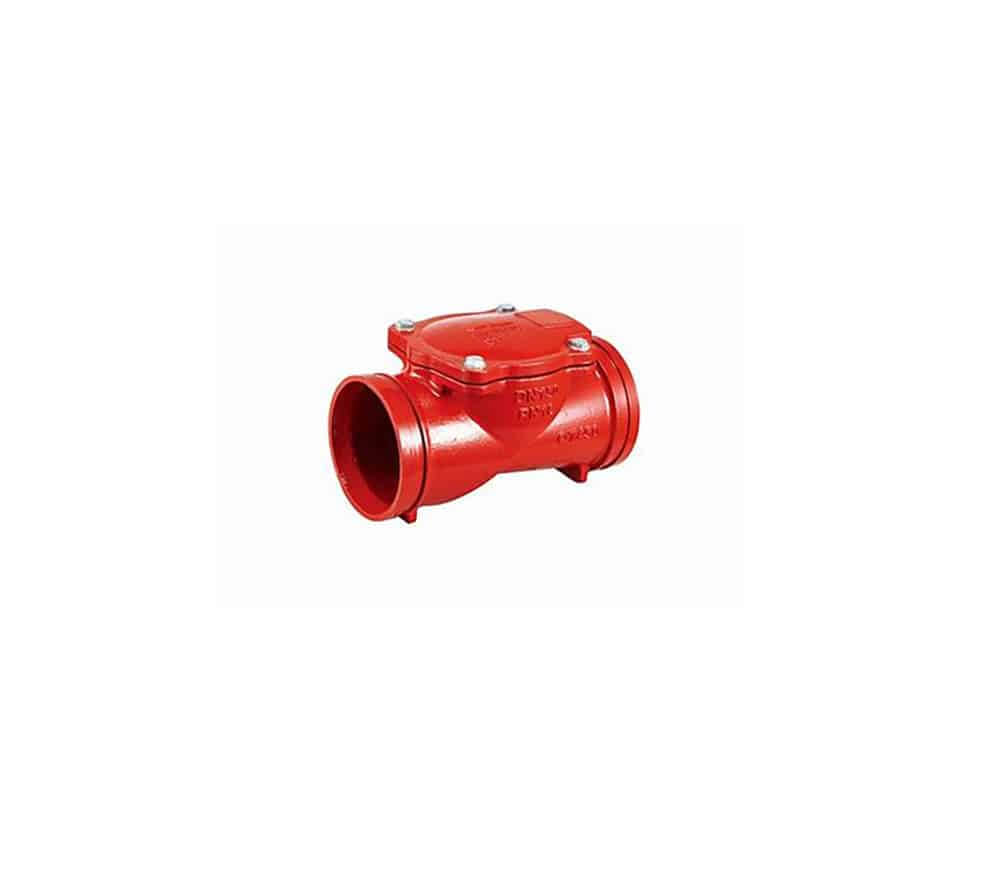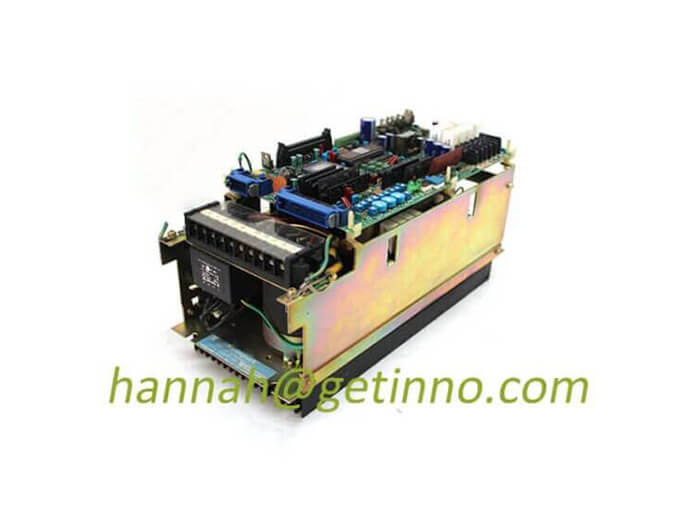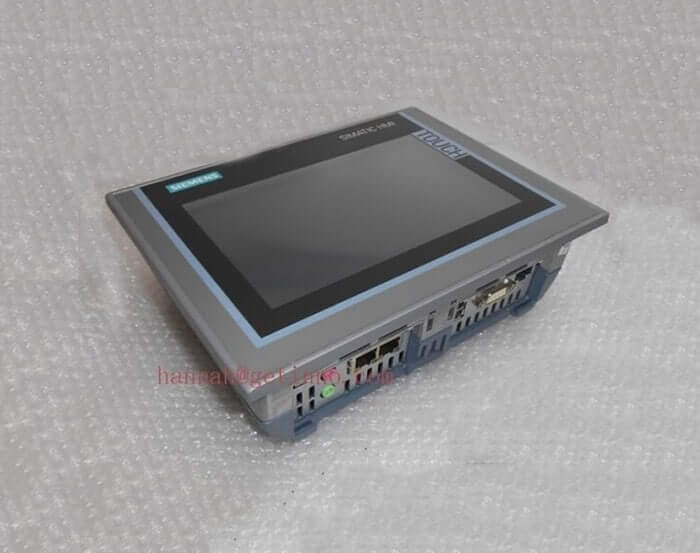NVIDIA: ROS and Simulation to Advance Robotics in 2022
robotConvergence with artificial intelligence continues in 2021, with emerging hardware and software stacks extending the capabilities of mobile Robots, drones, cobots, and autonomous driving. What will the new year bring? Murali Gopalakrishna, head of product management and autonomous machines and general manager of robotics at NVIDIA, recently spoke to Robotics 24/7.
Gopalakrishna leads a business development team focused on robotics, drones, Industrial internet of Things (IIoT) and enterprise collaboration products. He holds a Bachelor of Engineering degree from the National Institute of Engineering of India.
Before joining NVIDIA in 2016, Gopalakrishna was the global lead for platform and technology strategy in Sony’s CTO office, where he was responsible for products ranging from mobile phones, tablets and wearables to IoT platforms.
Gopalakrishna shares his NVIDIA-based moves and insights with Robotics 24/7, as well as some predictions for 2022:
NVIDIA looks back on 2021
What has been your company’s greatest achievement in the robotics market over the past year?
Gopalakrishna: NVIDIA Isaac Sim on Omniverse is now available to robotics experts around the world. Customers, developers, and researchers can leverage the PhysX engine and realistic environments to accelerate robotics development.
NVIDIA has partnered with Open Robotics to announce support for Robot Operating System (ROS) and ROS2, and we’ve launched the Isaac ROS library, which includes high-performance robotics and AI algorithms.
With NVIDIA’s support for ROS, the open source community now has theapplicationThe tools you need to take your program to the next level.
Isaac Sim is able to generate synthetic data for training DNNs (Deep Neural Networks) for robotics use cases.
NVIDIA also introduced new computing platforms dedicated to robotics and edge AI use cases.
These include the industrial version of the flagship Jetson AGX Xavier system-on-module (SOM) and the new next-generation Jetson AGX Orin platform based on the NVIDIA Ampere architecture. It brings unprecedented computing power to edge devices and applications – 200 TOPS.
We’ve seen a lot of investment around robotics software and AI startups – do you think this trend will continue?
Gopalakrishna: We definitely expect to be rightrobot companyThe strong investment trend will continue. We believe that we are in the early stages of developing and deploying robots to increase efficiency and make our lives easier.
Recent labor shortages and Covid-related issues have only highlighted this urgent need for automation and accelerated investment cycles.
Simulation to help robots scale
When it comes to labor shortages, we’ve all heard about it, e-commerce demand has surged, but automation has yet to prevail. What needs to change?
Gopalakrishna: In fact, deploying robots in a dynamic, fast-paced logistics environment is still very complex, risky and costly. Customers must be able to easily estimate the number and types of robots needed to optimize logistics operations.
Scale simulation at the factory will make it easier to add more automation to the facility. Run different scenarios in the virtual world instead of trial and error in the real world.
Which area of robotics would most benefit from NVIDIA’s products – manipulation, autonomous motion, or data collection and analysis?
Gopalakrishna: A lot of what we bring to robotics developers is focused on making AI more accessible and increasing the use of powerful, realistic simulations. In this regard, all areas of robotics will really benefit.
But if I had to pick a specific field, I’d say autonomous machines would most benefit from innovations in perception, reinforcement learning, and physically accurate simulations.
How to see 2022
Which robotics technologies would you like to improve in the coming year?
Gopalakrishna: I believe the perception stack of robots will be greatly improved. More robots will be deployed with better semantic understanding of the environment. This will drive more autonomy and ultimately lead to safer robots that require less human intervention.
The era of robots working in tandem with humans will drive new areas of automation and productivity gains.
What are you most looking forward to in 2022?
Gopalakrishna: In terms of NVIDIA products, we’re excited to announce the work we’re doing for an end-to-end AMR (autonomous mobile robot) platform, from AI algorithms to cutting-edge simulation techniques, to make digital twins a reality and accelerate the deployment of robots.
We will continue to work with Open Robotics to support the developer community. Introducing new features to ROS, the inclusion of more hardware acceleration in ROS 2 will bring many bonuses to developers. Once developers have access to better edge computing, they can always find meaningful ways to take advantage of these capabilities in their products.
Additionally, we will be working with Open Robotics to release a seamless integration of Isaac Sim and Gazebo/Ignition. This will allow roboticists to easily transfer simulations to the tool of their choice for a specific task.
With newer frameworks, better simulators, and more powerful hardware, robotics developers will have more tools to create more powerful and intelligent robots faster.
As more robots are deployed, we believe fleet management and optimization will be an area of increasing interest. Optimizing fleet performance will be key to maximizing the return on investment in automated facilities.
We are also very excited about the release of the Orin platform and roadmap. It will be the most powerful edge AI computer ever built.
Nvidia’s Robotic vision
Where does Nvidia see growth in robotics applications in the coming year?
Gopalakrishna: 2022 will be the age of robots. This will be a pivotal year for deployment, as robots are introduced into new areas of automation, which will drive business opportunities across different industries.
We will see an increase in the use of robots for last-mile deliveries, and many companies will scale up with fleets of hundreds of robots or more.
There will also be substantial growth in AMRs in factories and warehouses, and the focus will shift to addressing the technical challenges of deploying and managing large fleets of robots. This will exponentially drive the demand for analog and digital twins.
As we continue to experience the need for distributed and remote teams, simulation and synthetic data generation will become important tools for developing robotics applications.
Advances in artificial intelligence will improve the ability of robots to perceive the world and learn new abilities, enabling deployment in unstructured environments such as industrial kitchens.
Improvements in natural language understanding will enable voice-enabled robotic applications for customer service and entertainment.
The Links: 3HAC022194-001 00-115-723
Pre: BCG: Smart Robots Save Made in China Next: Intel’s intelligent robot white...




